
Anyone who designs anything to be used by humans—from physical objects to computer programs to conceptual tools—must read this book, and it is an equally tremendous read for anyone who has to use anything created by another human. It could forever change how you experience and interact with your physical surroundings, open your eyes to the perversity of bad design and the desirability of good design, and raise your expectations about how things should be designed. 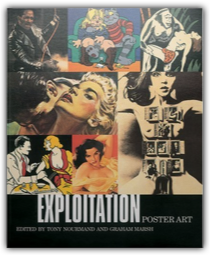
Sex, drugs, delinquency, Black Power, and rock ‘n’ roll—these are just a few of the themes that have inspired B-movie makers over the past 80 years. The posters created to promote these movies are fantastic period pieces that evoke all the taboos of bygone eras. Before the Hayes Code of 1934, Hollywood had few inhibitions: the poster for Girl Without a Room, for example, left little doubt as to how the young woman would find accommodation. In the 50s, Beats and juvenile delinquents attracted teens to the drive-ins; in the 60s and 70s came Blaxploitation films like Shaft and the first of Russ Meyer’s mammary-obsessed epics, Faster Pussycat, Kill, Kill. The posters for these films are masterpieces of visual innuendo, offering, in most cases, far more than the movies themselves actually delivered. Tony Nourmand is co-owner of the Reel Poster Gallery in London and a poster consultant to Christie’s; Graham Marsh is a designer and art director. Together, they have produced Horror Poster Art and Science Fiction Poster Art, and collections of 20th-century film posters by decade. 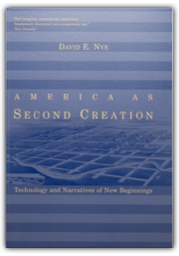
After 1776, the former American colonies began to reimagine themselves as a unified, self-created community. Technologies had an important role in the resulting national narratives, and a few technologies assumed particular prominence. Among these were the axe, the mill, the canal, the railroad, and the irrigation dam. In this book David Nye explores the stories that clustered around these technologies. In doing so, he rediscovers an American story of origins, with America conceived as a second creation built in harmony with God's first creation. 
Technology matters, writes David Nye, because it is inseparable from being human. We have used tools for more than 100,000 years, and their central purpose has not always been to provide necessities. People excel at using old tools to solve new problems and at inventing new tools for more elegant solutions to old tasks. Perhaps this is because we are intimate with devices and machines from an early age—as children, we play with technological toys: trucks, cars, stoves, telephones, model railroads, Playstations. Through these machines we imagine ourselves into a creative relationship with the world. As adults, we retain this technological playfulness with gadgets and appliances—Blackberries, cell phones, GPS navigation systems in our cars. |
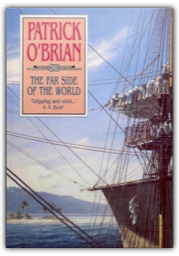
Captain Jack Aubrey sets sail for Cape Horn, determined to intercept an American frigate before it can wreak havoc on the British whaling trade. As always, he is accompanied by intelligence operative Stephen Maturin, and as always, Aubrey has no idea of what his companion is up to. Another impeccably written adventure, by the end of which you should be able to identify a mizzen topsail in your sleep. 
When Jack Aubrey is unfairly deprived of his commission in the Royal Navy, Stephen Maturin comes to the rescue, purchasing the captain's former ship and outfitting it as a privateer, to be commanded by...Jack Aubrey. Soon the Surpriseis off to sea, on a mission that Aubrey hopes will redeem his good name. The author's grasp of period detail is astonishing as ever—and so is his gift for pure entertainment. 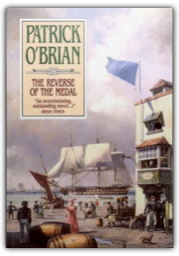
Ashore between cruises, Captain Jack Aubrey is persuaded to sink some money into an investment scheme. Soon this innocent decision enmeshes him in various criminal and even treasonous enterprises, which threaten to destroy his entire career. Bad luck? A deliberate plot? Read this latest installment of the Aubrey-Maturin saga to find out. 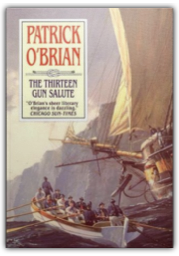
Will Napoleon Bonaparte form an alliance with the Malay princes of the South China Sea? Not if Jack Aubrey can help it. Conveying a diplomatic mission to the Sultan's court, Aubrey and company must also contend with orangutans, typhoons, and a squadron of wily French envoys. 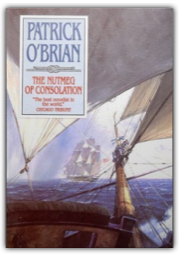
Shipwrecked! When Captain Aubrey and his crew go aground on a remote island, they labor to construct a seaworthy schooner from the wreckage (taking breaks, of course, to play cricket.) Their subsequent adventures lead them to the dreaded penal colony at Botany Bay, and then, as always, back to sea. 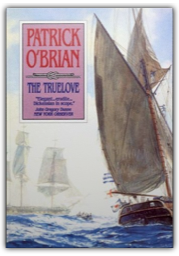
Read by Tim Pigott-Smith 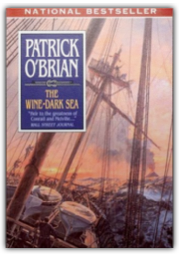
In this installment of O'Brian's maritime epic, Captain Aubrey and the crew of the Surpriseare pursuing an American privateer through the Great South Sea. As is his custom, O'Brian grabs your attention with the first, beautifully memorable sentence: "A purple ocean, vast under the sky and devoid of all visible life apart from two minute ships racing across its immensity." And he doesn't relinquish it until 260 pages later, by which point Jack Aubrey is delighted at the mere fact of being alive. |

My Library
Collection Total:
1165 Items
1165 Items
Last Updated:
Sep 9, 2009
Sep 9, 2009


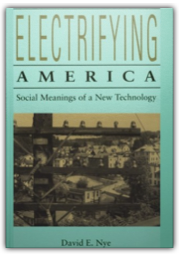
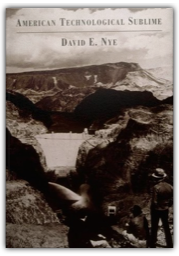
 Made with Delicious Library
Made with Delicious Library